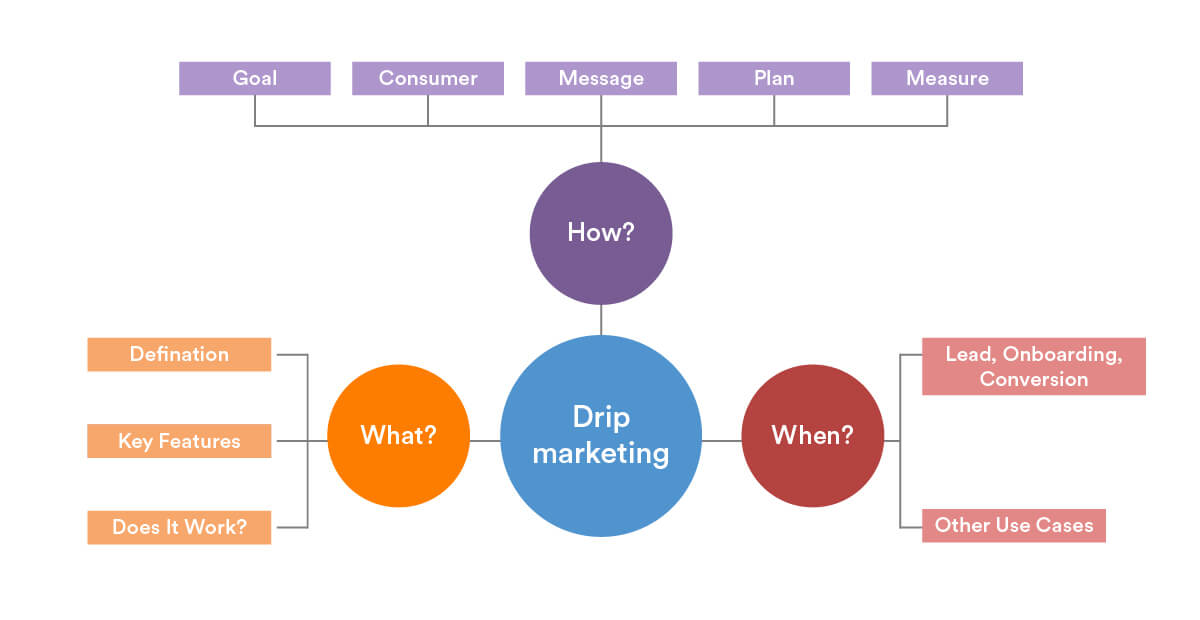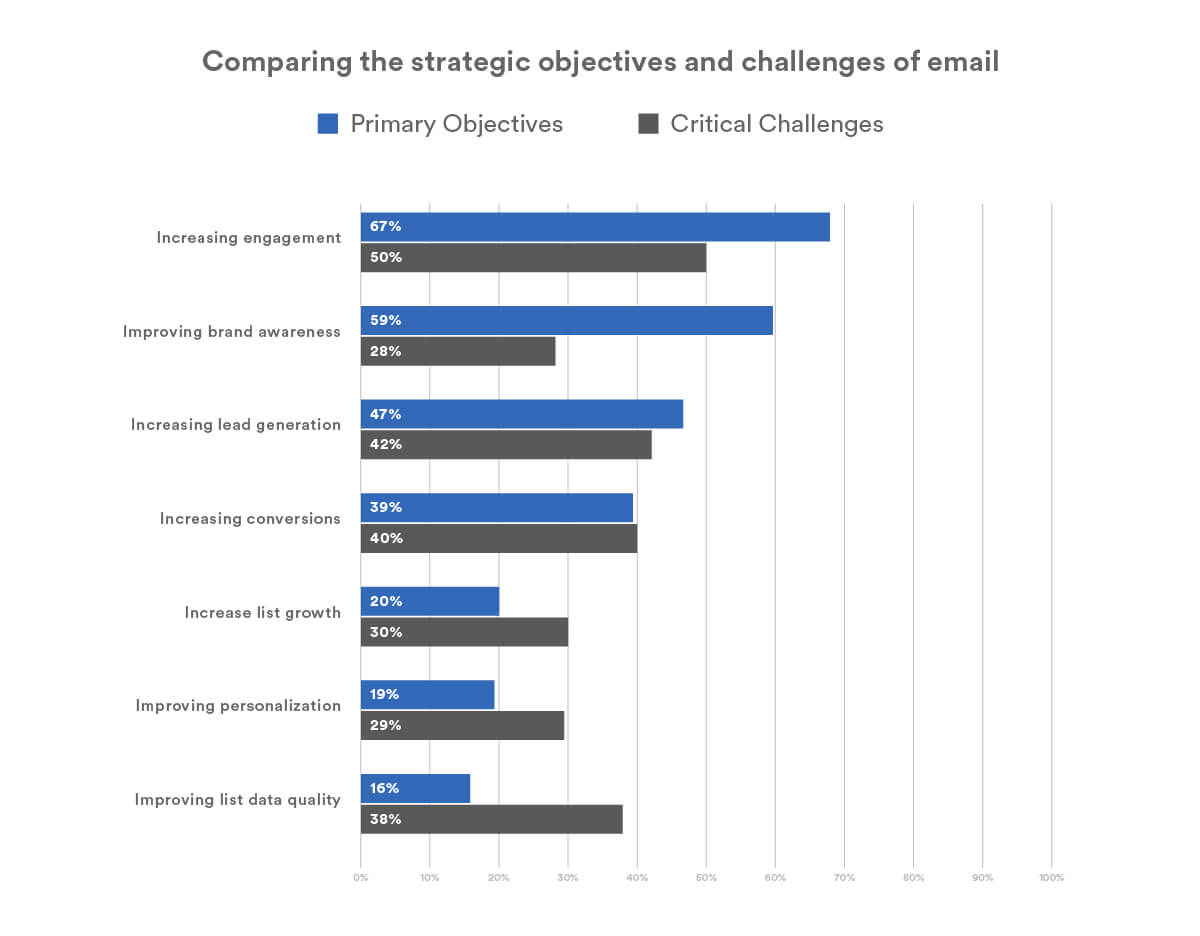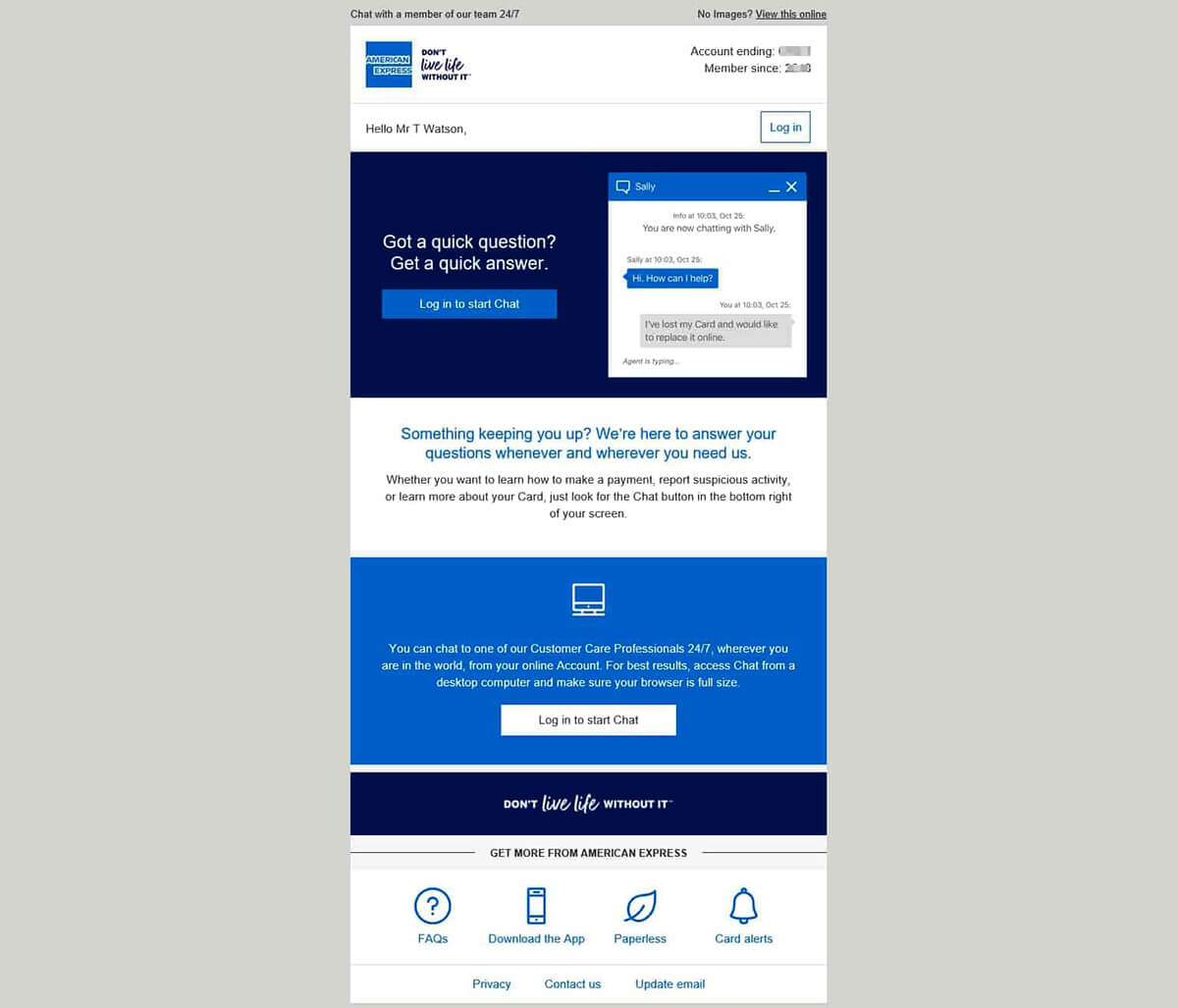The Ultimate Guide to Drip Marketing Campaigns for 2023 [with examples]
![The Ultimate Guide to Drip Marketing Campaigns for 2023 [with examples]](https://www.moengage.com/wp-content/uploads/2021/07/The-A-to-Z-of-Effective-Drip-Marketing-Campaigns.png)
In the first century BCE, the Roman poet Ovid said: “Dripping water hollows out stone, not through force but through persistence.”
All these years later, the strategy of drip marketing follows the same principle. It’s a process of systematic, step-by-step appeals to consumers over time. It has proved to be extremely effective.
There are many ways to refer to drip marketing. It’s been called an automated email campaign. Some say it’s lifecycle emails. Others simply call it marketing automation.
Drip marketing has emerged as a powerful tool in the marketer’s arsenal. Studies show that a staggering 87 percent of marketers use some form of email marketing. This makes email the third most popular distribution channel. Social media is at 91 percent, and a company website or blog at 89 percent.
In this actionable guide, we’ll take you through what it is, when you need it, and how to go about it.
 |
What is Drip Marketing Anyway?
A Definition
The most common way to describe drip marketing is that it is a set of marketing emails, automatically sent out on a pre-defined schedule.
In other words, it’s about giving the right people the right information at the right time.
Drip marketing encompasses various stages of the marketing campaign. This can push consumers through the sales funnel – from welcoming to onboarding to transactions.
Such automation works across industries and services, so you shouldn’t underestimate the power of email. For example, here’s how mobile-first brands can drive sustained growth through automation.
Key Features of Drip Marketing
Drip marketing follows certain principles to show results. The beauty of marketing automation is that all of these become simple to sustain.
- It should be relevant
Your consumers have individual needs and preferences. These have to be considered during a drip marketing campaign. If someone already has a two-year-old child at home, there’s no point sending her a message about maternity clothing. But if the same person receives an email about educational toys for infants, chances are that they’ll perk up.
- It should be personal
This is not only linked to relevance, but it also uses behavioral cues of consumer actions. Thus, the consumer feels the message is specifically tailored to their interests. If a person has shown interest in a specific product, the email could be a reminder. If a person has purchased a product, there could be another email with a link to an associated product. You can also take advantage of consumer trends – check out some of the most prominent ones.
- It is automated and scripted
With automated drip marketing, you don’t have to set reminders and write content every time an email has to be sent. Mails are pre-composed based on types of consumers and actions. Scheduling is automated. You sit back and reap the benefits.
Does Drip Marketing Work?
There’s a one-word answer to the above question: yes.
Let’s get more specific. Email is a powerful driver of customer retention and acquisition for small and midsize businesses. According to data, 81% of SMBs still rely on email as their primary customer acquisition channel, and 80% for retention.
Other studies show that emails with personalized subject lines generate 50% higher open rates.
In fact, open rates for drip campaigns are about 80 percent higher than single send emails. Average click-through rates are three times higher.
Other research indicates that email generates USD 38 for every single dollar spent, an astounding 3,800% ROI. Making it one of the most effective options available. Yet another impressive statistic: email beats social by 40x for customer acquisition
Be it engagement, conversion, or promotion, a well-tailored drip marketing campaign can deliver great results.
When Should You Employ a Drip Marketing Campaign?
By this point, you may be wondering if you need some drip marketing action right away.
Before you decide, it helps to be clear about what exactly drip marketing is used for. How many leads do you have? What stage of the sales funnel are most of your consumers in? What can you do to create more conversions?
|
Caption: A recent study highlighted the goals and challenges of automated email marketing for marketers. |
In this section, we’ll walk you through exactly what a drip marketing campaign can do for you.
The Most Pertinent Drip Use Cases of Leads, Onboarding, and Conversions
You can get prime prospective customers by educating them, explaining your key features, and perhaps even offering initial discounts. Lead nurturing can be done by segmenting and creating content that taps into personalized behavior.
In this effective use of onboarding, a cloud storage app spelled out the ways it could be used. There were helpful tips and links to case studies.

|
With an onboarding email campaign, you can further explain to your users the benefits of your brand. You can also remind those who may be thinking of leaving about the many reasons to stay on.
Here’s another example, this one by American Express. It highlights their live chat facility as a powerful advantage.
|
|
You can also first welcome new consumers and then take it from there to highlight features and demonstrate value.
Drip marketing is also helpful in conversions. It makes use of proper segmentation, personalized content, and strong calls to action.
Other Popular Drip Marketing Use Cases
Leads, onboarding, and conversions are some of the uses for which drip marketing campaigns can be employed. There are several other specific cases for which it is effective.
- Shopping cart abandonment – According to research, 69.57% of online shopping carts are abandoned. Drip marketing can help to plug this leaky bucket via follow-up emails as reminders to complete the purchase. A focus on the product, testimonials, and credibility goes a long way to address this. Here’s a quirky and attention-grabbing example from Adidas.

|
- Confirmations and Renewals – You can make use of emails that contain receipts and confirmations, too. This can be done by mentioning associated products as well as upselling. When the time comes for subscription renewal or product replacements, emails can spell out benefits and reminders of the way this has enhanced the consumer’s life.
- Promotions – The more you know about the consumer, the more you can tailor your emails to their interests. Associated products and services, brand extensions, coupons, and more can be included here. Here’s an example of a mouth-watering promotional offer with the benefit clearly highlighted. Note the prominent green call to action.

|
A drip marketing campaign can go deep into your consumer’s psyche and come up with magnetic ways to create engagement and conversion. If you’re in e-commerce, you can check out some ways that email creates an unshakeable bond with consumers.
How to Plan a Drip Marketing Campaign
How should you go about harnessing the benefits of drip marketing for your own business?
Here are five steps.
- Goal: What is it that you intend to use drip marketing for? Is it to gain leads, nurture prospects or simply improve sales? It’s important to be clear about this at the outset. This will determine the nature of your content, enable you to measure results and make course corrections.
- Consumer: The best use of a drip campaign is when you understand different consumer needs and craft separate messages for them. You could use demographics to understand consumers by age, psychographic, or behavioral profiles. Then, there is the frequency of visits and time spent on sections of your site. The best campaigns treat this as an evolving metric. You can gather information and tailor content accordingly.
- Message: You need to create content that lies at the intersection of consumer needs and your offering. There could be different types for different cases. For example, one message for welcoming, another one for product introduction, another for re-engagement, and so on. All of them will have at their core the benefit of your product or service.
- Plan: A distinguishing feature of a drip marketing campaign is scheduling. You will have to plan the frequency of your emails, and which consumer segment gets a message at which times. Some of these will be immediate, such as when a consumer is onboarded. Others could mean a series of calibrated messages over weeks, with the aim of building up engagement.
- Measure: Once you’ve started your campaign, it’s important to measure and fine-tune, depending on the results. For more click-throughs, you may want to reconsider calls to action. For more conversions, you may want to add more promotions. Some metrics you could look at are conversion rates, open rates, and click rates. Once you know what you need to fix, you can change frequency and content to address issues.
Be it a product or service, software, or retail, drip marketing campaigns can help you grow and nurture leads, increase conversions and establish engagement. Once you put the initial pieces into place, you can let automation take over to do the rest – while you get on with the task of growing your business.
Here’s What You Can Read Next |














